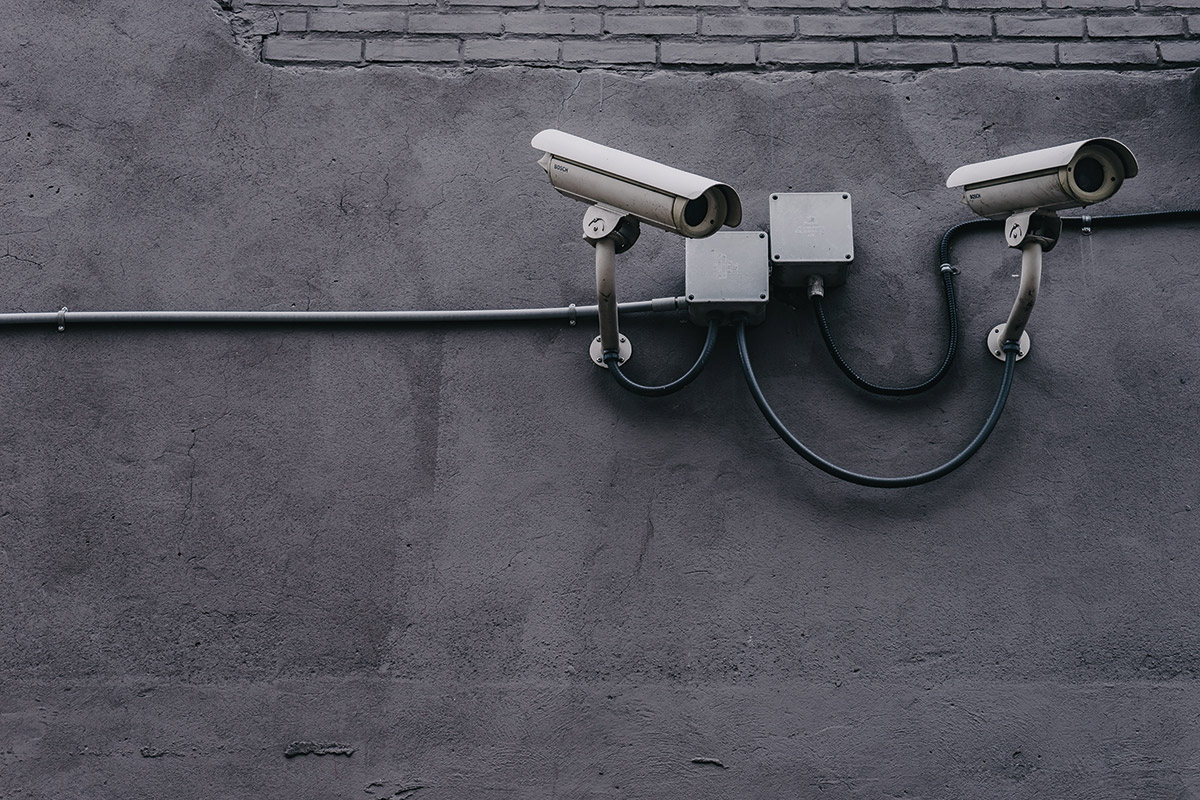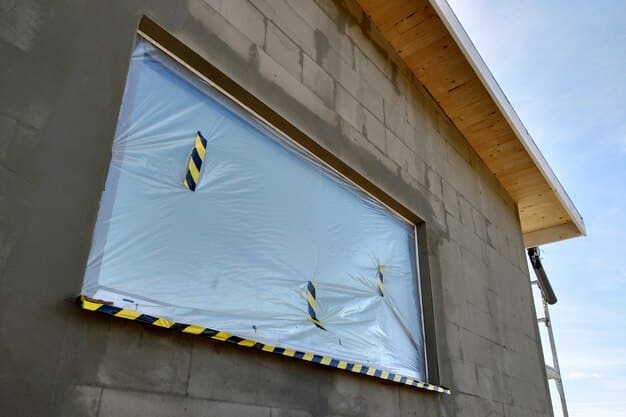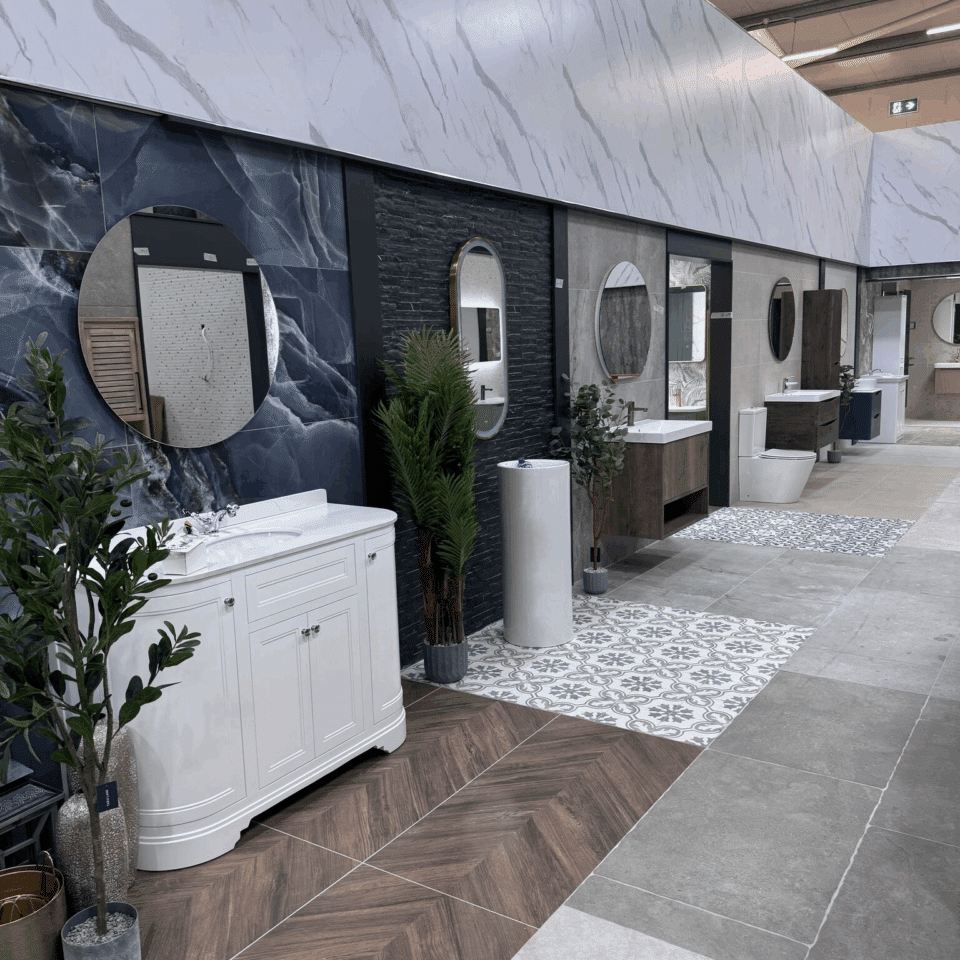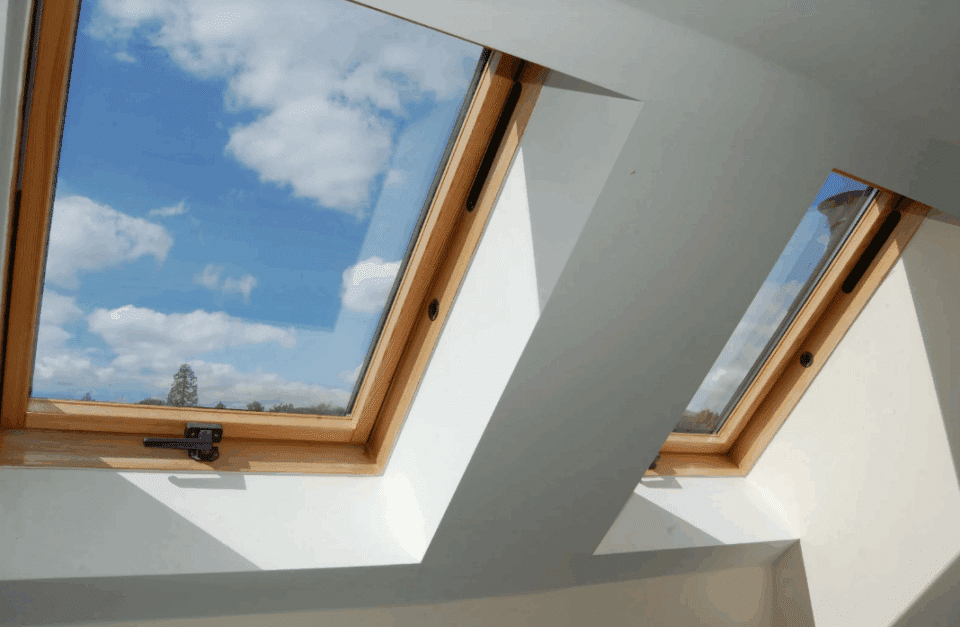In this article, we cover:
- Why you need to consider site security at an early stage
- How to plan for a secure site
- What the planners and insurance companies want
- Checklist to deter theft
- Low cost and easy tips to make your site more secure
- Three main threats to property
It’s an uncomfortable fact that theft from building sites is common. All self-builders who’ve run their own site will have lost power tools and small pieces of plant. And some far more than this.
Early on in your build you’ll be using materials that are heavy and of relatively low unit value but as the build progresses, items generally get smaller (more easily stolen) and much more expensive.
Construction sites are especially hard to keep secure compared with, say, an office block, because they change a lot over time as it is developed and built and because numerous people, many of whom you won’t know, need to come and go.
Another factor is that much of what’s used has high value. Even items such as fuel are worth stealing. Theft, vandalism and fire cost the construction industry hundreds of millions a year.
Threats to plan for to keep your site secure
Threats to property. This includes theft of plant, machinery, tools, fuel and materials. Even your workers’ personal possessions might get stolen. Many such thefts are carried out by opportunistic villains who know that whatever they acquire can be quickly and easily sold with no questions asked. Stolen fuel, for example, is easily resold and can’t be traced. But even such a seemingly mundane crime can set your schedule back a day or more as you can’t then work machinery. Delays like this can become very costly.
If heavy, powerful vehicles were to be stolen from your site to be used in other crimes (for example to gain high up access), you’ll find yourself wasting time you should be spending on your build working with the police, hire companies and insurance assessors.
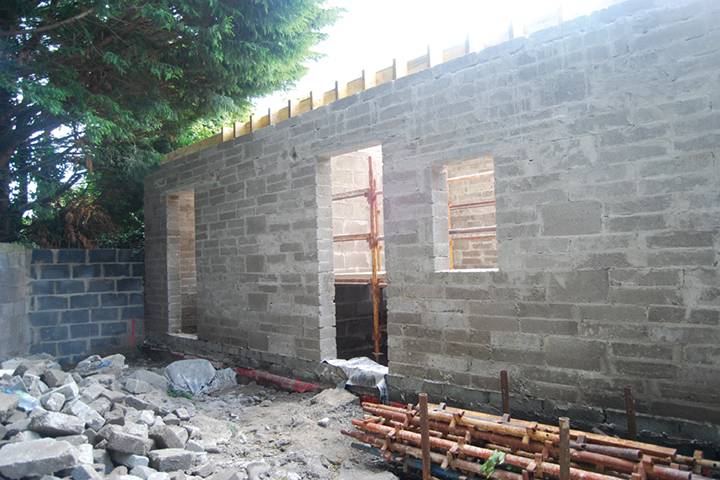
Threats to operations. Thefts and other criminal damage can, at worst, cause a whole site to shut down. But lesser problems can result in an inability to continue the work as programmed and, sometimes, even serious delays to a whole schedule. Construction is a planned business that relies on clever sequencing of tasks. If one of these sequences is broken, the results can be vastly more serious than non-builders might imagine.
For example, if vandals enter your site and break or steal several of your, as yet, uninstalled windows and the supplier needs three months to make more, your building won’t be watertight as you’d planned, with considerable knock on effects.
The resulting insurance claim process will also consume valuable time and energy you should be spending building your home.
Threats to life. Damage to vehicles and plant will not only cost money to repair but may also result in knock on effects that aren’t obvious at the time. Spilled fuel, for example, can cause a fire or slip hazard.
Stolen (stripped out) wiring and electrical fixtures can leave a live, dangerous situation that becomes a threat to life and arson is, of course, even more serious.
If someone trespasses on your site then creates a hazard that subsequently affects your workforce or visitors you could find yourself in trouble.
Prevention
As you start planning your build, think through all the security hazards on your specific plot, then create a Risk Analysis like the large construction companies do.
The threats and risks are exactly the same. Because yours are on a smaller scale doesn’t mean they won’t affect you just as seriously as they would a big construction company. This Analysis will inform your security actions but don’t imagine the job’s then done. Building sites change a lot over the months or years and you’ll need to update your Risk Analysis as time passes and new risks appear.
By now you might be thinking, “What’s all this got to do with me? All I’m doing is building a single house.”
Building sites are dangerous places and people can easily get injured, maimed, or even die if they have access to your deep excavations, dangerous machinery, high scaffolding, etc. And, however small your build, you’ll have responsibilities under Health and Safety Regulations to take all reasonable steps to ensure the health and safety not just of those you employ but also of others involved who aren’t your employees.

Sometimes even the planners and your insurers will demand a say in how you propose to secure your site.
This means keeping those who visit as well as the general public, safe from your construction activities.
Vandalism and malicious damage isn’t uncommon on sites where the development is unpopular.
Although you may think it crazy, someone who breaks into your site, then hurts themselves, can take legal action against you for not having it properly secured. Taken to its extremes, even subcontractors can refuse to work on a site they consider to be unsafe.
All of this becomes more important if your site has a right of way through it, other sites or work areas adjacent to it, occupied homes next to it, children and other vulnerable people nearby.
Practical tips to deter theft and keep your site secure
The security motto is Deterrence, Detection, Delay and Response.
Even many professional thieves will be deterred by obvious security arrangements – there’ll be easier pickings elsewhere. If you have CCTV cameras for detection, criminals will assume they’ll be recording. Anything you can do to delay their access to your site will help you or others to see them. Here’s how to do it.
Fence the perimeter. It’s essential, and not only keeps actual criminals out but also deters trespassers and nosy individuals! Hoardings (tall sheets) are much better than fences but cost more. They are more difficult to climb and prevent people from seeing what you have on site that’s worth stealing.
Padlock your main gate and install it so it can’t be lifted off its hinges.
Good lighting for gates and other access points, facing inwards so intruders can be seen. Activated by sensors so it’s not on all night to annoy the neighbours. Ensure your lighting is done in a way that means it’s hard, or impossible, to disable it.
CCTV camera that you can monitor remotely on your phone. Consider using a professional security company to install their professional versions; these cost surprisingly little and can be rented. The company then monitors their cameras the whole time (which is hard for you to do on your phone) and responds accordingly. If your site is especially vulnerable, get a quote from a security company for a night time patrol to check on it in person.
Good, effective, signage telling people the site is secured helps deter opportunistic thieves. If you employ a security company, they’ll supply them.
If possible, build your garage first, then use it as a secure lockup. Make simple but strong temporary garage doors and install your smart ones later. Get the house glazed and secured with lockable doors as soon as you can.
Reduce the amount of valuables on your site. Bring in expensive or high value ones as close as possible to their actual installation. Hire or buy strong, lockable steel cabins/lockers/vaults for valuables. Ideally, these should have shielded padlocks.
Don’t leave metals around the site. Even small amounts of copper are attractive to thieves. In practice this will mean storing wiring and cables along with copper piping in your secure storage unit.
Take power tools home with you at the end of the working day, along with other small, valuable items. Consider security marking your tools and valuables so if they are stolen and later found, they can be identified.
Hide mixers and small plant out of sight round the back so they aren’t too obvious a temptation. If you have a fuel store on site, secure it effectively or the contents could be stolen or even used in an arson attack.
Use large plant to secure smaller things. Ideally, all expensive, large plant should have an immobiliser, a tracking device and an alarm. It’s not uncommon for valuable equipment like this to be stolen to order and exported all over the world.
Remove all ladders at the end of the working day or render them unclimable in some way. Dismantle access towers and put them away overnight. Keep upstairs windows shut overnight. Alarm your scaffolding.

